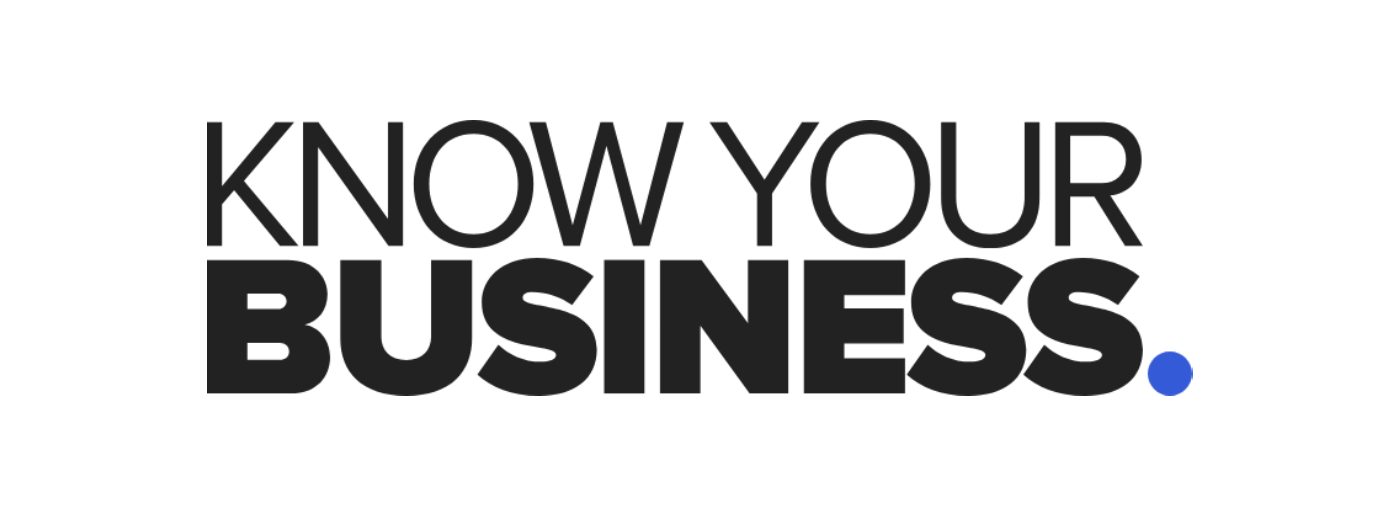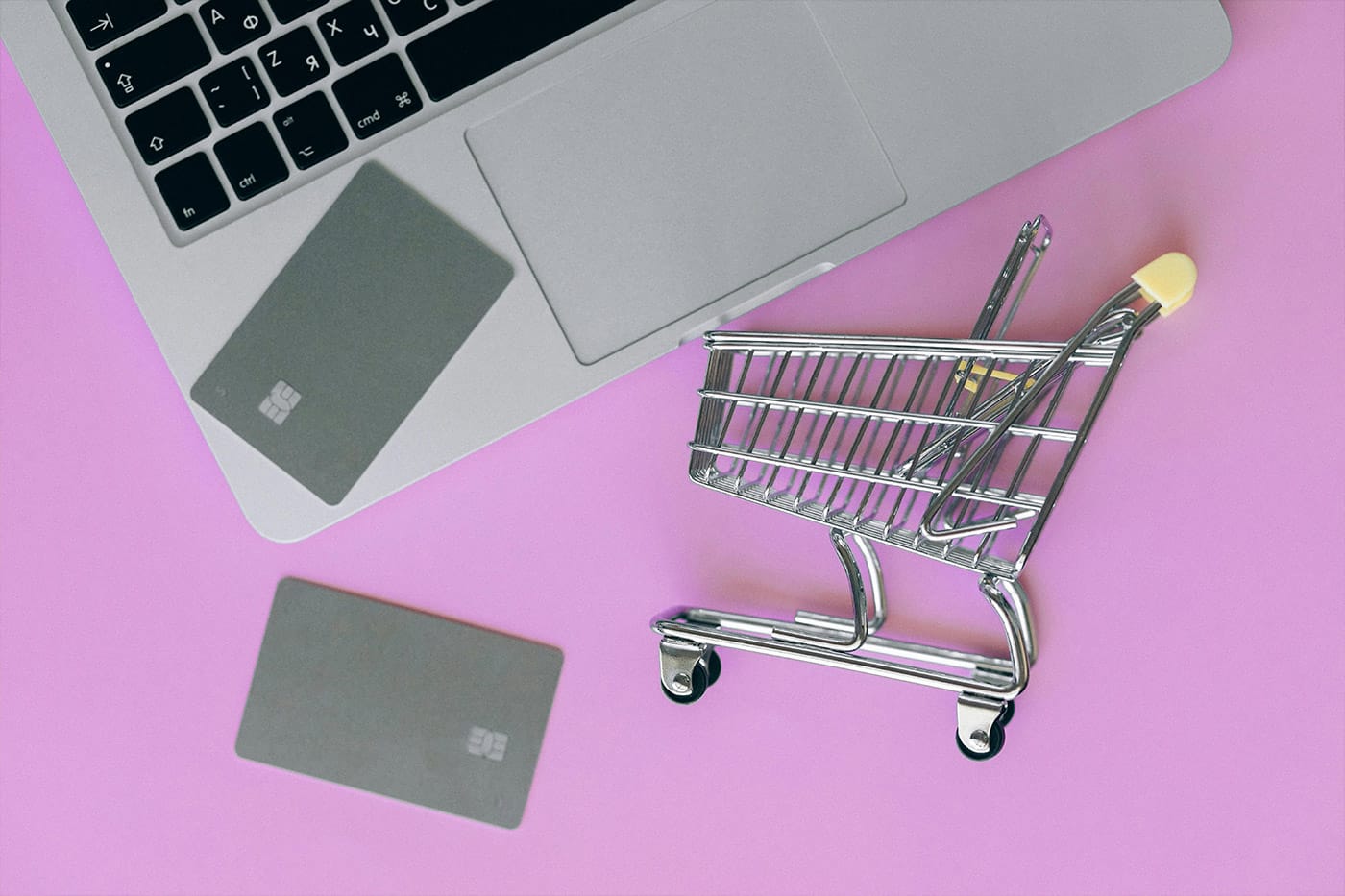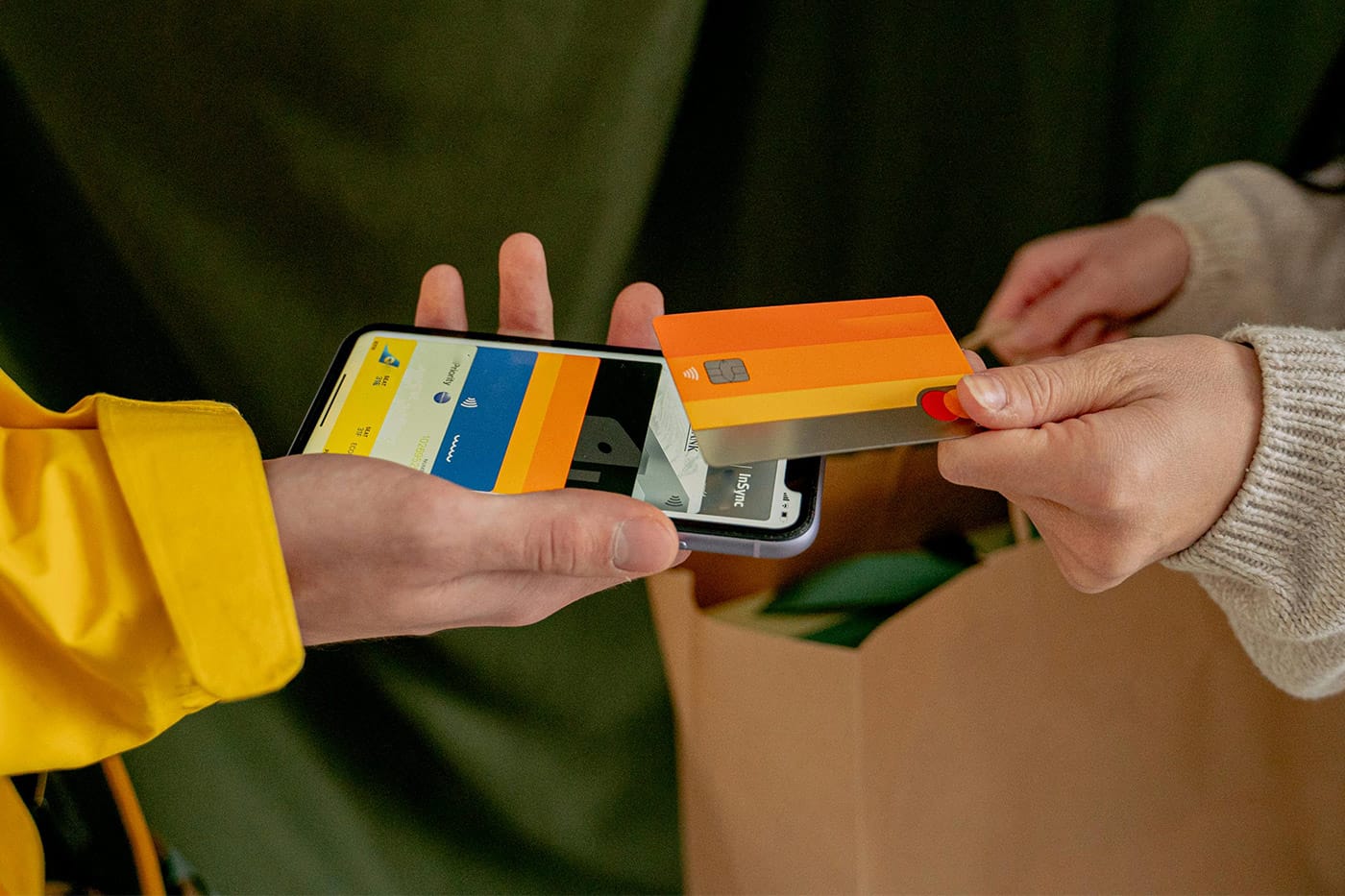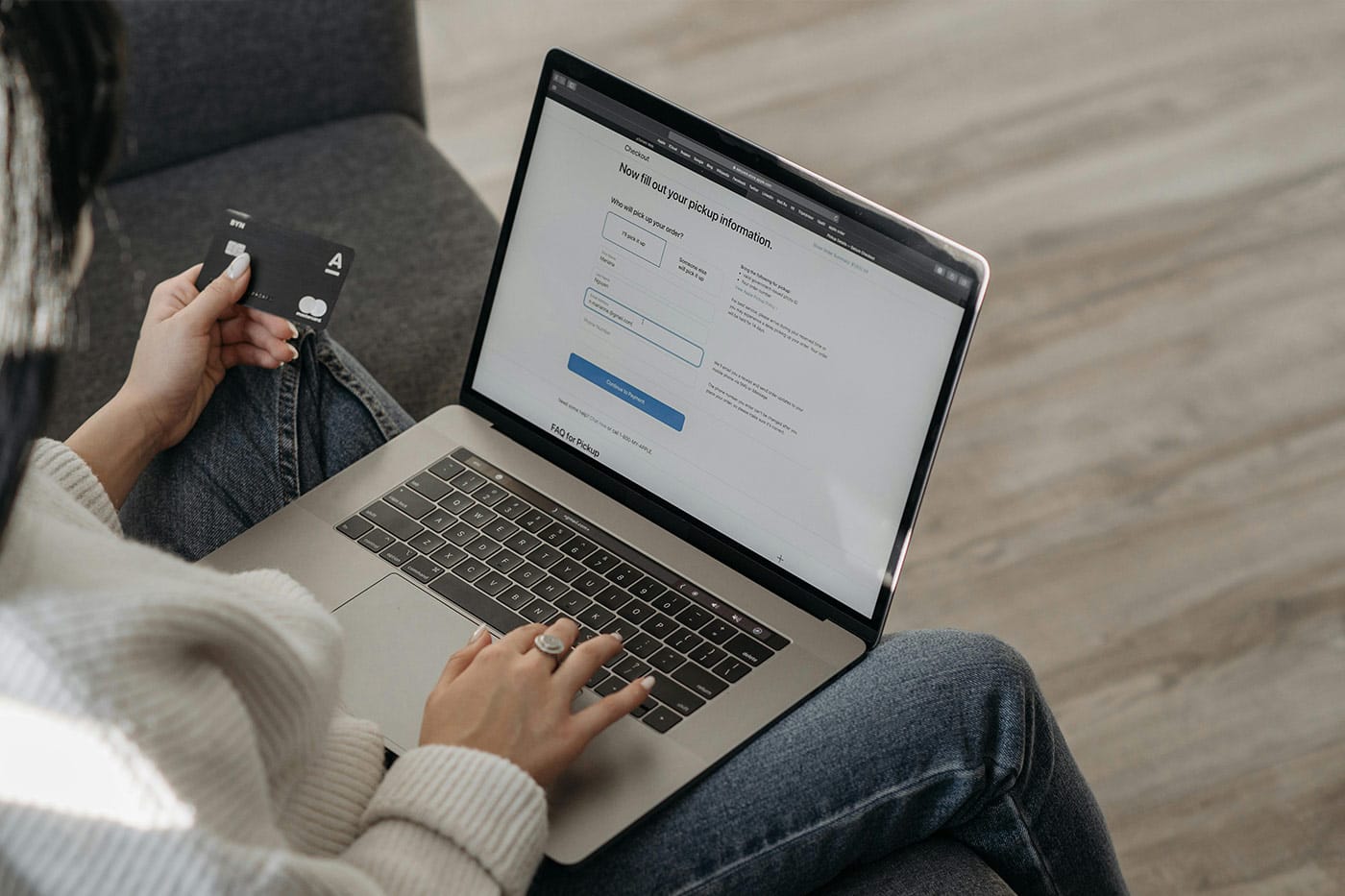Business Payments
Card payment machines serve as the connection between your business and the world of electronic payments. Termed Point Of Sale (POS) terminals or card readers, these devices work with payment cards to process electronic funds transfers securely.
Compare Card Readers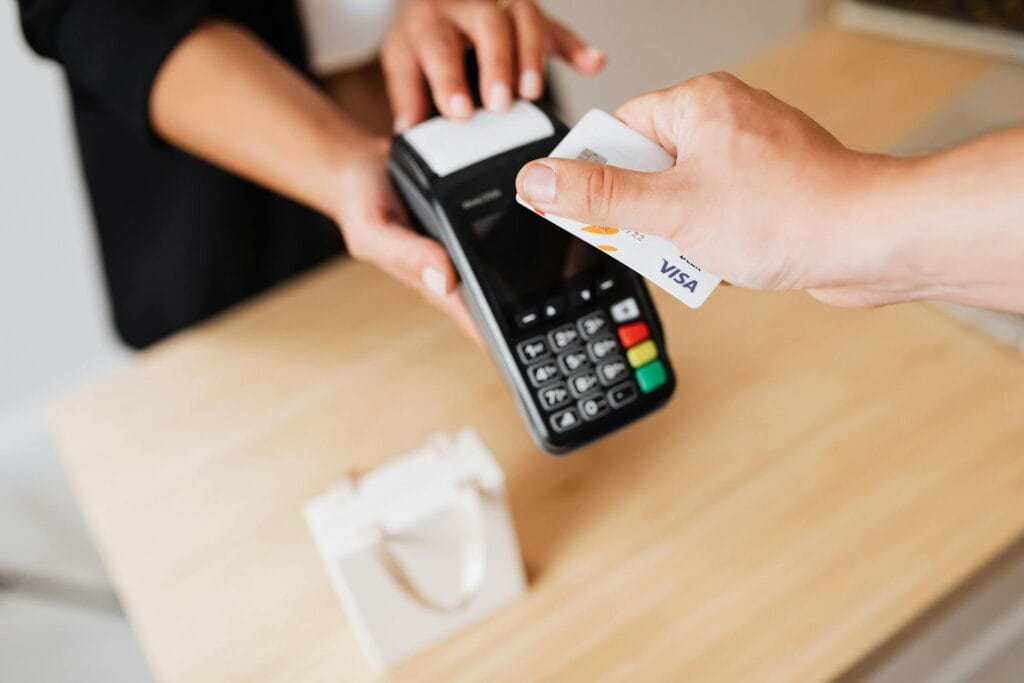
Understanding Card Payment Machines
What’s Out There? The Main Types You’ll Come Across
- Countertop terminals – These are fixed devices that connect through Ethernet or telephone lines. Designed for dedicated checkout points like retail stores, convenience shops and any business with a fixed place of trade.
- Portable card machines – These connect via Bluetooth or Wi-Fi so you can move around within your premises. Useful for restaurants, pubs and any business where you’d rather take the payment to the customer.
- Mobile card readers – These work through mobile networks, letting you take payments anywhere with decent mobile coverage and essential for food vans, market traders, taxi drivers and other businesses always on the move. They work with an app on your phone which actually does the payment processing.
- Smart card readers – Or Smart Terminals, these are more advanced than mobile card readers, with their own touch screen and internet connection (wifi or sim card)
The Payment Journey – What Actually Happens?
- Your customer presents their card (inserting or tapping)
- The card details are securely sent to your merchant account
- An authorisation request makes its way through the payment processor to your customer’s bank
- The bank checks if there’s enough money in the account
- The yes or no response travels back through the same channels
- Your card machine shows whether it’s approved or declined.
Most modern machines now handle multiple payment methods—chip and PIN, contactless mobile wallets like Apple Pay and Google Pay and have become sophisticated digital devices with end to end data encryption and robust security features.
Choosing the Right Card Machine for Your Business
Finding the right card payment solution for your business isn’t about the cheapest option available. It’s about matching the technology to how you actually operate. Let’s look at what these factors are when you’re choosing:
Assess Your Business Operation
- Fixed location businesses should look at countertop card machines that connect through Ethernet for those reliable, quick transactions you need when customers are queuing
- Restaurants and cafés may want a countertop machine, but will find portable card machines useful if you can take payments at the table which could improve both service and turnaround. This would depend on your particular set up.
- Mobile businesses such as taxis, market traders, and tradespeople need the flexibility of mobile card readers .
- Key Features Worth Considering
- Connectivity options – Many modern readers now offer dual connectivity (both Wi-Fi and 3G/4G), giving you a backup if one system fails.
- Battery life – If you’re on the move, you’ll need a machine that lasts at least 8-10 hours.
- Transaction speed – Some machines can process payments much faster than the average, this could be key for trades often faced with longer queues.
- Payment method support – Your machine should accept all major cards and digital wallets
Cost Considerations
- Upfront costs: Range from being very affordable for basic card readers but can reach to high costs for sophisticated systems
- Transaction fees Each payment is a transaction which you’ll be charged for. This works on a percentage of the value taken.
- Contract flexibility: Understand your contract terms, if your business is seasonal or you’re just starting out you’ll want some flexibility
- Settlement timeframes: is the time taken for the payment to reach you and can be immediate or several days.
Scaling Up: From Card Reader to Full POS System
Moving from a basic card reader to a full POS system is quite a significant step in your business journey.
What’s the difference?
- Card reader/machine: Is the hardware that processes card payment, either as a standalone unit or connected to your mobile device
- POS system: This combines hardware (card machines) with sophisticated software handling everything from payments to inventory management, staff tracking, and detailed reporting
A simple card reader may be sufficient to launch trading and remain so for your type of business, however it could evolve to you needing a more comprehensive approach to your card payments.
When should you consider making the jump?
Your business has likely reached that tipping point if:
- You’re handling a consistently growing amount of transactions
- Inventory has become more time consuming to manage.
- If manual reporting is stealing your time
- You lose customers because you do not support their preferred payment methods
- Your current payment system is incompatible with other businesses
The real benefits of change
- Better inventory control
- Saves time and costs by automating manual tasks
- Keeps track of stock across multiple locations in real time
- Sets up automatic reorder alerts when stock runs low
- Works with your online shop to share inventory data between physical and digital stores
- Smarter business insights
- Creates detailed reports showing sales patterns, busy periods, and best performers
- Gives customer insights for more targeted marketing and loyalty schemes
- Helps you predict demand with greater accuracy
- Streamlined operations
- Brings together all your sales and inventory data in one place
- Connects with your accounting software, CRM, and other systems to eliminate duplicate data entry
